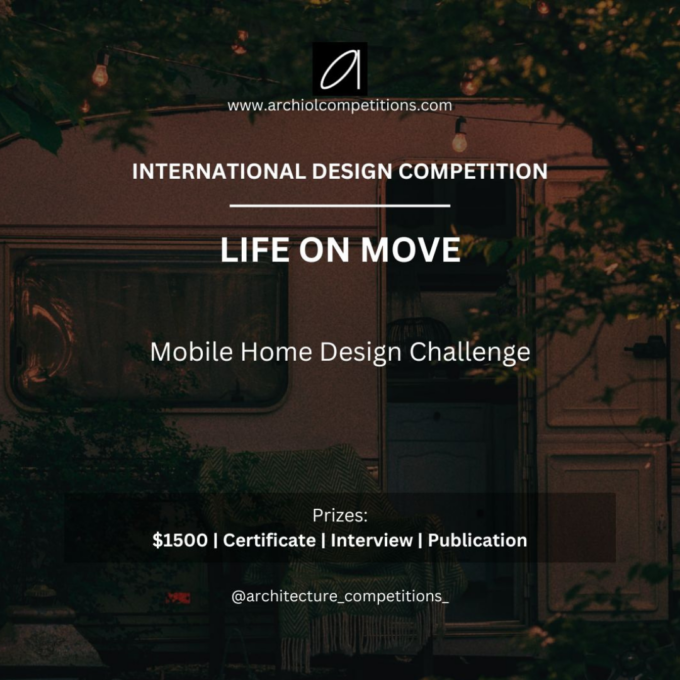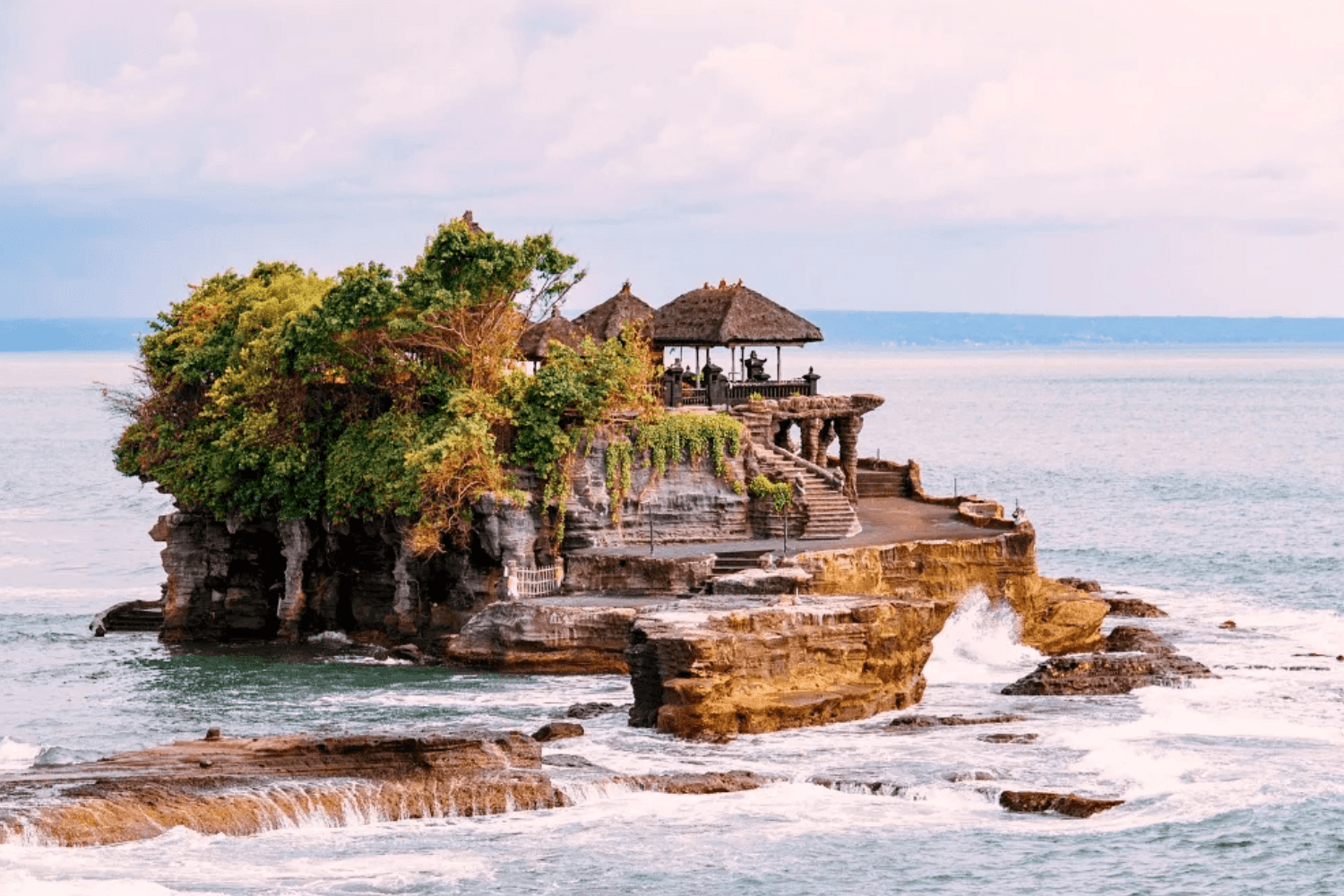- Home
- Articles
- Architectural Portfolio
- Architectral Presentation
- Inspirational Stories
- Architecture News
- Visualization
- BIM Industry
- Facade Design
- Parametric Design
- Career
- Landscape Architecture
- Construction
- Artificial Intelligence
- Sketching
- Design Softwares
- Diagrams
- Writing
- Architectural Tips
- Sustainability
- Courses
- Concept
- Technology
- History & Heritage
- Future of Architecture
- Guides & How-To
- Art & Culture
- Projects
- Interior Design
- Competitions
- Jobs
- Store
- Tools
- More
- Home
- Articles
- Architectural Portfolio
- Architectral Presentation
- Inspirational Stories
- Architecture News
- Visualization
- BIM Industry
- Facade Design
- Parametric Design
- Career
- Landscape Architecture
- Construction
- Artificial Intelligence
- Sketching
- Design Softwares
- Diagrams
- Writing
- Architectural Tips
- Sustainability
- Courses
- Concept
- Technology
- History & Heritage
- Future of Architecture
- Guides & How-To
- Art & Culture
- Projects
- Interior Design
- Competitions
- Jobs
- Store
- Tools
- More
The Influence of Natural Elements on House Design

In the realm of architecture and interior design, a fresh and innovative perspective is always sought after. The pursuit of a unique design often leads architects and interior designers to derive inspiration from an array of sources, most notably, the natural elements. Elements such as the sun, wind, earth, water, and vegetation significantly influence house design, encouraging a harmonious interplay between the built environment and nature. This article delves into the profound influence of these natural elements on house design.

The Sun
In house design, the sun plays an influential role in the placement, orientation, and overall energy efficiency of a building. Optimal orientation ensures that a house enjoys maximum daylight exposure during the winter and minimal direct sunlight during the summer, reducing reliance on artificial lighting and air conditioning. It’s also essential for maximizing the use of solar energy for power generation. The sun’s impact extends to the choice of materials, with lighter colors preferred in hot climates to reflect sunlight and dark colors in colder regions to absorb heat.
Wind
The wind is another crucial factor in the design of a house. Architects take wind patterns into account when positioning the building and its openings to maximize natural ventilation and cooling, reducing the need for mechanical air conditioning. Designs such as wind towers, wing walls, and strategically placed windows can capture and direct wind for optimal cooling. Besides, in areas with strong wind patterns, buildings may need to be designed with specific shapes and materials to withstand wind forces.

The earth is a significant player in sustainable and eco-friendly house designs. Earth-based materials like clay, mud, and stone are not only environmentally friendly but also offer excellent insulation properties. Earth-sheltered homes, which are partially or fully underground, capitalize on the earth’s constant temperature to provide natural insulation, resulting in significant energy savings. The site’s topography, including hills, slopes, and flat lands, also impacts the design and placement of a building.
Water
Water features are increasingly becoming integral components of house design. They add aesthetic value and can help cool the surrounding environment in hot climates, leading to energy-efficient cooling. The presence of water bodies like rivers, lakes, or oceans can also influence a building’s orientation to maximize views or manage potential flood risks. In addition, rainwater harvesting systems are being integrated into building designs, contributing to water conservation.
Vegetation
Vegetation greatly impacts house design in several ways. From providing shade to reducing heat absorption, strategically placed trees and plants can significantly increase a home’s energy efficiency. Green roofs and walls, where vegetation is integrated into the building, not only provide natural insulation but also add visual appeal. The local vegetation can dictate the choice of materials to ensure the house blends seamlessly with its surroundings.
Bringing the outdoors in through the incorporation of indoor plants is a growing trend in interior design. The utilization of plants inside the house doesn’t just contribute to aesthetic appeal but also offers numerous health benefits, including improved air quality, stress reduction, and increased productivity.

Indoor vegetation design can take many forms. Smaller plants are great for tables and shelves, while larger plants can be used to create focal points or to divide spaces within a room. Hanging plants or vertical gardens are an innovative way to incorporate greenery where floor space is limited. They also add an extra dimension to the room, enhancing its visual appeal.
Choosing the right plants for indoor spaces is critical. Factors to consider include the plant’s light and water needs, growth rate, and potential allergens. Some popular choices include snake plants, peace lilies, and various types of succulents, which are low-maintenance and thrive in a range of lighting conditions.
Green walls or living walls are another way to incorporate vegetation indoors. These structures can range from simple wall-mounted planters to sophisticated hydroponic systems. Living walls provide a striking visual feature and can dramatically improve air quality by absorbing pollutants and releasing oxygen.
In a world increasingly conscious of its environmental footprint, house designs inspired by natural elements offer a way to create sustainable, energy-efficient, and aesthetically pleasing living spaces. These designs represent an evolved understanding of the symbiotic relationship between the built environment and nature. Architects and designers worldwide are employing innovative approaches to incorporate the sun, wind, earth, water, and vegetation into their designs, yielding structures that not only coexist with but also enhance their natural surroundings.

Submit your architectural projects
Follow these steps for submission your project. Submission FormLatest Posts
Top Architecture Magazines Every Architect Should Read Today
Architecture magazines remain vital platforms for critical thought, cultural reflection, and professional...
Using Textured Concrete to Achieve Wood Aesthetics in Architectural Hardscaping
In contemporary landscape and architectural design, material expression plays a crucial role...
Pedestrian Accidents Without a Crosswalk: Can You Still Recover Compensation?
Getting hit while crossing outside a crosswalk can feel like an instant...
8 Examples of Successful Disaster Resilient Architecture
As climate risks increase, architects around the world are creating innovative structures...












Leave a comment